What are fixed-dose combination drugs?
A fixed-dose combination drug (FDC) is exactly what it sounds like: two or more active medicines packed together in a single pill or capsule, with fixed amounts of each. You can’t change the dose of one without changing the other. If a pill contains 10 mg of drug A and 5 mg of drug B, that’s it - no more, no less. This isn’t a bundle of separate pills in one bottle. It’s one physical unit, designed to be taken as one dose.
FDCs aren’t new. They’ve been around for decades, but their use has grown sharply since the 2000s. The first major push came with HIV treatment. Instead of taking six or seven pills a day, patients could take one or two FDCs that combined antiretrovirals. That simple change saved lives by making it easier to stick to the regimen. Today, FDCs are common in treating high blood pressure, diabetes, tuberculosis, and even acne.
Why do they exist?
At their core, FDCs exist to solve real problems people face when taking multiple medicines. The biggest issue? Pill burden. If you’re managing three chronic conditions, you might be taking eight pills a day. That’s confusing. It’s easy to forget one. It’s expensive. And it’s exhausting.
Studies show that when patients take fewer pills, they’re more likely to stick with their treatment. One analysis found that switching from two separate pills to one FDC improved adherence by up to 25% in patients with hypertension. That’s not just a convenience - it’s a health win. Missed doses lead to worse outcomes: higher hospitalization rates, more complications, and higher long-term costs.
There’s also a clinical side. Some drugs work better together. Take levodopa and carbidopa for Parkinson’s. Levodopa alone gets broken down too fast in the body before it reaches the brain. Carbidopa blocks that breakdown, letting more levodopa get where it needs to go. Together, they’re more effective than either alone. That’s synergy - not just convenience.
Where are FDCs most commonly used?
FDCs aren’t spread evenly across all diseases. They cluster where the benefits are clearest and the evidence is strongest.
- Cardiovascular: Over 40% of all branded FDCs launched since 2013 are for blood pressure, cholesterol, or heart failure. Examples include pills combining an ACE inhibitor with a diuretic, or a statin with ezetimibe. These combinations lower blood pressure or LDL cholesterol faster and more reliably than single drugs.
- Infectious diseases: Tuberculosis treatment relies heavily on FDCs. The WHO recommends fixed-dose combinations of isoniazid, rifampicin, pyrazinamide, and ethambutol. Taking one pill instead of four reduces the risk of missing doses - and prevents drug-resistant TB.
- Dermatology: Acne treatments often combine an antibiotic like clindamycin with benzoyl peroxide in a single gel. This kills bacteria and reduces inflammation without requiring separate applications.
- Neurology: Parkinson’s (levodopa/carbidopa) and epilepsy (some combinations of anticonvulsants) use FDCs to improve brain delivery and reduce side effects.
The World Health Organization includes over 20 FDCs in its Model List of Essential Medicines - the gold standard for what every health system should have. These aren’t trendy products. They’re proven, life-saving tools.
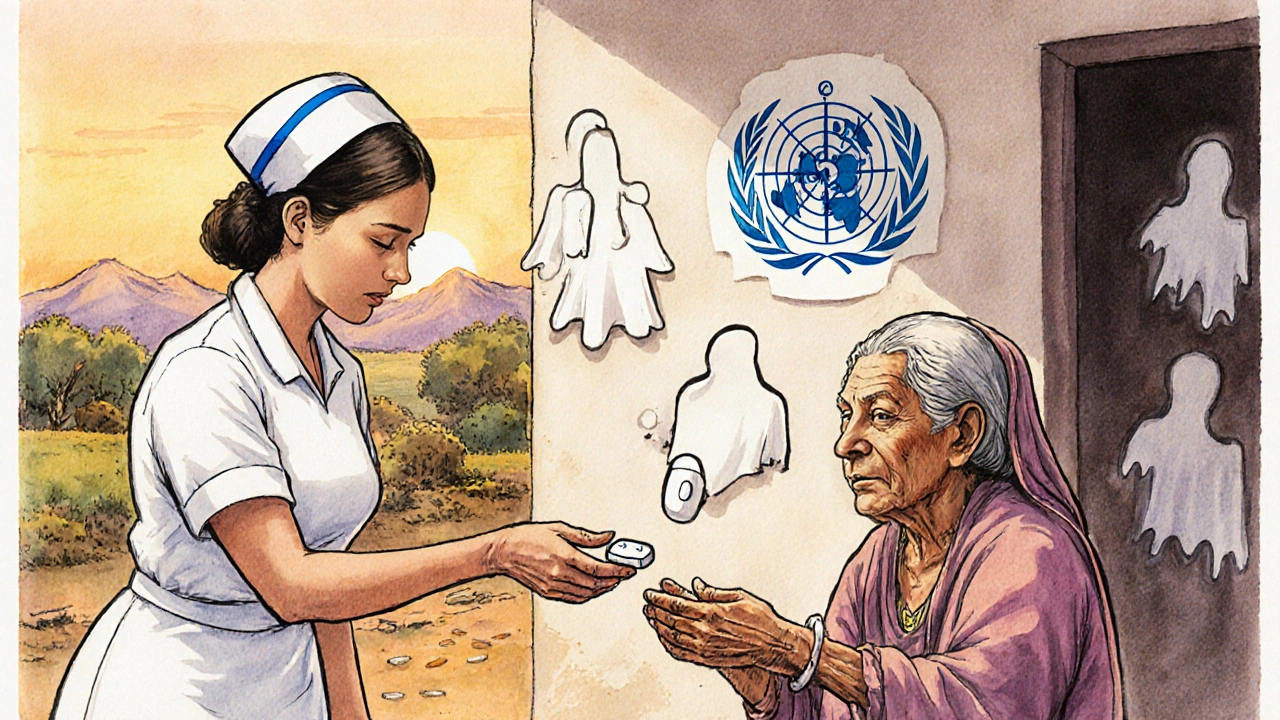
What are the downsides?
FDCs aren’t perfect. Their biggest weakness? Flexibility. If your blood pressure drops too low on a combination pill, you can’t just lower the diuretic dose. You have to switch to separate pills or find another FDC with different ratios - which might not exist.
Another problem is timing. Some drugs need to be taken at different times of day. If one component works best in the morning and the other at night, forcing them into one pill can reduce effectiveness or increase side effects.
Then there’s safety. Combining drugs increases the chance of interactions. One component might make the other harder for your liver to process. Or, worse, both might affect the same organ - say, the kidneys - and pile on the strain. That’s why regulators require proof that the combination is safe together, not just safe individually.
And not all FDCs are created equal. Some are developed because they’re profitable - not because they’re better. When a drug’s patent is about to expire, manufacturers sometimes combine it with another older drug to create a new branded FDC. This keeps them in the game without developing anything truly new. Payers and doctors are getting smarter about spotting these “lifecycle extension” tactics.
How are they approved?
Getting an FDC approved isn’t easy. The U.S. Food and Drug Administration (FDA) and Europe’s EMA require proof that the combination offers a real advantage. You can’t just slap two approved drugs together and call it a new product.
Regulators need to see:
- That each drug in the combo still works as expected when paired
- That the fixed ratio matches what’s needed for the target patient group
- That the absorption and breakdown of each drug isn’t negatively affected by the other
- That the combination doesn’t cause new or worse side effects
Many FDCs use the FDA’s 505(b)(2) pathway - which lets companies rely on existing safety data for the individual drugs. But even then, they still need to run clinical trials to prove the combo works better than separate pills. Between 2010 and 2015, over half of approved FDCs required full Phase 2 and 3 trials. That’s not a loophole - it’s a filter.
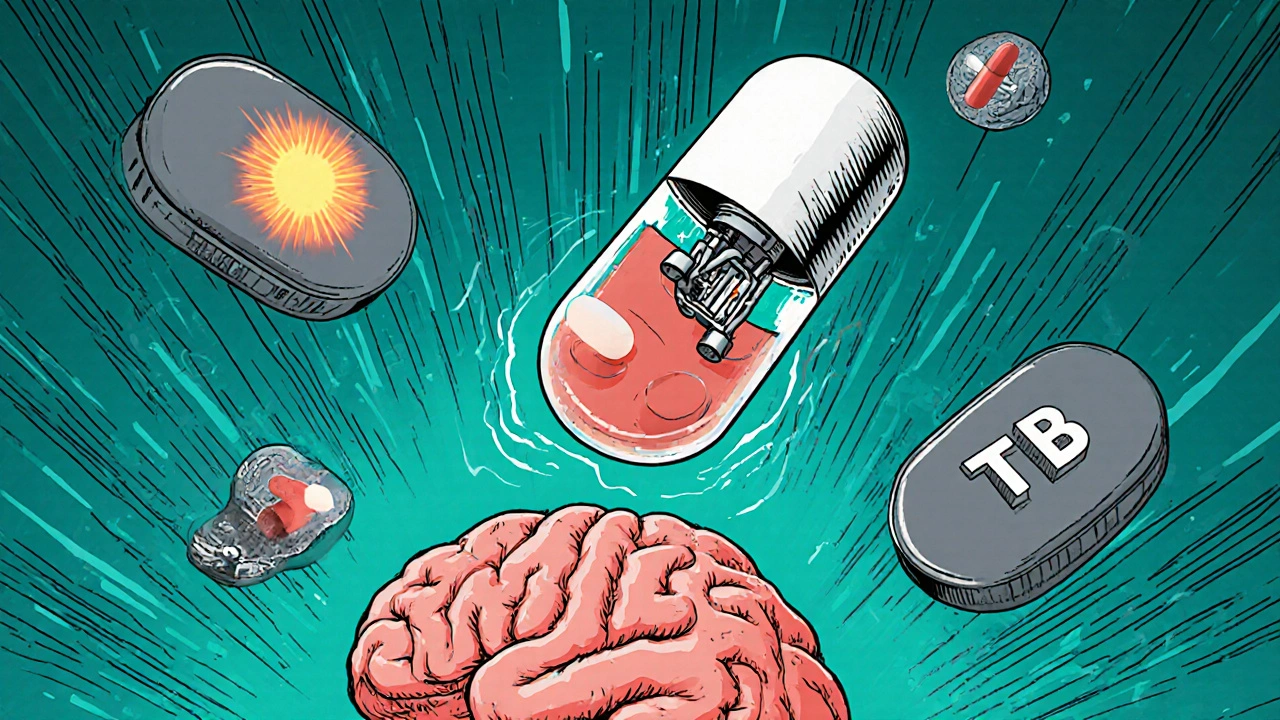
Are FDCs just for rich countries?
No. In fact, FDCs are especially important in low- and middle-income countries. In places where access to healthcare is limited, having one pill instead of three means fewer trips to the pharmacy, lower costs, and better outcomes. The WHO’s push for FDCs in TB and HIV treatment was driven by global health equity. A single pill that costs $0.10 a day can prevent drug resistance and save lives in rural villages where people travel hours for medicine.
And it works. In India and South Africa, TB cure rates jumped after FDCs became standard. In sub-Saharan Africa, HIV treatment adherence improved dramatically. These aren’t theoretical benefits - they’re measurable, life-changing results.
What’s next for FDCs?
The future of FDCs is moving beyond simple combinations. Researchers are now exploring:
- Triple and quadruple combos for complex diseases like type 2 diabetes or heart failure, where multiple pathways need targeting
- Smart FDCs that release drugs at different times - one in the morning, one at night - all in one pill
- Antibiotic combos to fight superbugs, like beta-lactam + beta-lactamase inhibitor blends that bypass bacterial resistance
- Neurodegenerative FDCs for Alzheimer’s and Parkinson’s, where multiple brain mechanisms are involved
But the bar is rising. Regulators and payers now demand real-world evidence: Do patients actually feel better? Are hospital visits down? Is adherence sustained over months, not just weeks?
FDCs aren’t magic. They’re tools. Used well, they simplify care and save lives. Used poorly, they’re just another way to sell pills. The key is knowing when they help - and when they don’t.
Are fixed-dose combination drugs the same as taking two separate pills?
No. Taking two separate pills gives you flexibility - you can adjust doses, skip one if needed, or change timing. An FDC locks the doses together. You can’t change one without changing the other. That’s the trade-off: convenience vs. control.
Can I split an FDC pill if I need a lower dose?
Only if the pill is specifically designed to be split - and most aren’t. Many FDCs have coatings or extended-release layers that make splitting unsafe or ineffective. Never split a pill unless your doctor or pharmacist says it’s okay.
Why do some doctors hesitate to prescribe FDCs?
Some worry FDCs limit treatment options. If a patient develops a side effect from one component, the whole pill may need to be stopped - even if the other drug is fine. Doctors prefer to titrate doses individually, especially in older patients or those with kidney or liver issues.
Are generic FDCs as good as brand-name ones?
Yes - if they’re approved by the FDA or equivalent agencies. Generic FDCs must prove they deliver the same amount of each drug into the bloodstream at the same rate as the brand. They’re rigorously tested. The only difference is cost - generics are usually much cheaper.
Do FDCs cause more side effects than single drugs?
Not necessarily. But because you’re introducing two drugs at once, the risk of interaction or overlapping side effects increases. That’s why regulators require safety data for the combo itself. A well-designed FDC won’t cause more side effects than the individual drugs taken together - but a poorly designed one might.

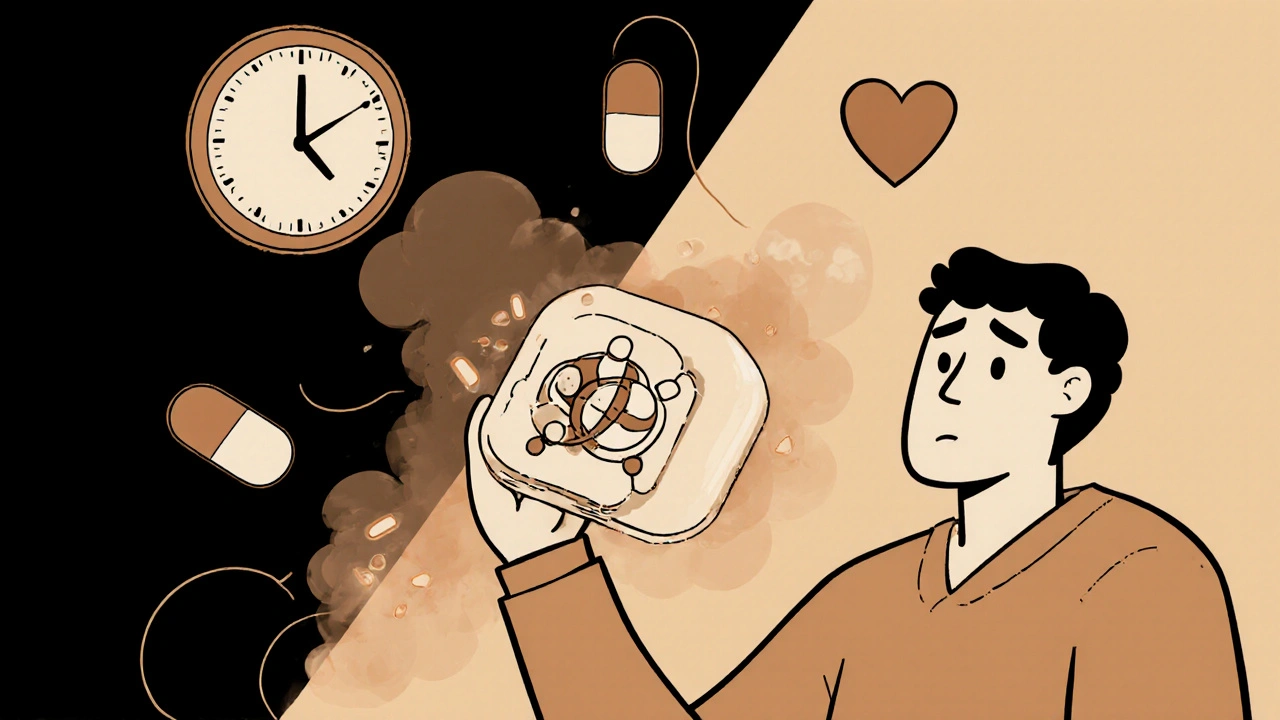
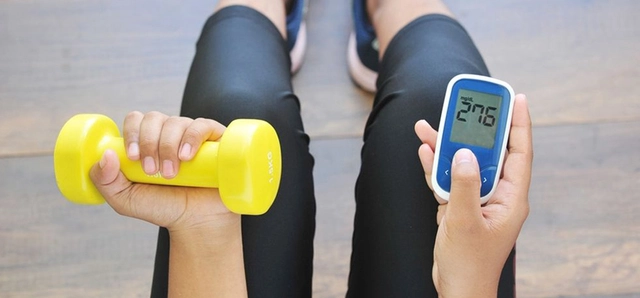
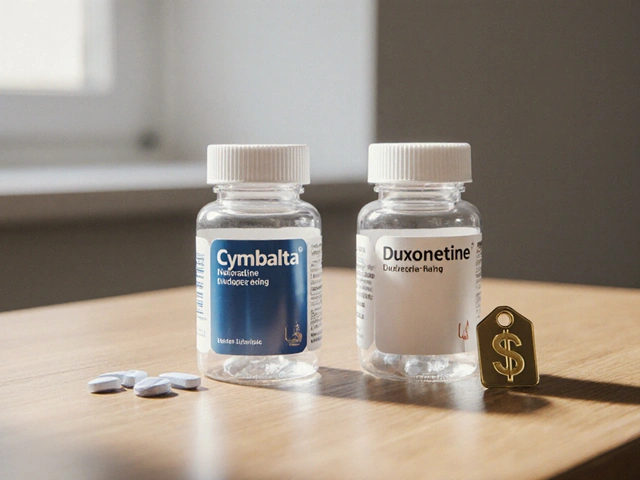
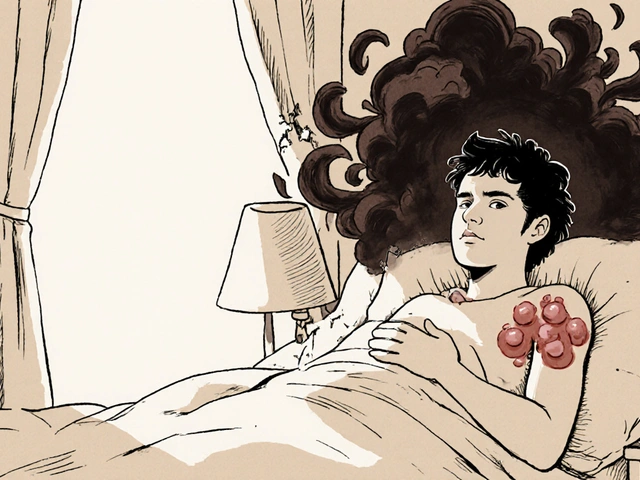
Shirou Spade
FDCs are basically the philosophical equivalent of minimalism in medicine. Less clutter, more focus. You’re not just reducing pills-you’re reducing cognitive load, stress, and the existential weight of managing your own health. It’s not just pharmacology, it’s psychology wrapped in a capsule.
Lisa Odence
I must emphasize, with the utmost scientific rigor and peer-reviewed precision, that the concept of fixed-dose combinations represents a paradigmatic shift in therapeutic adherence architecture-particularly when considering the pharmacokinetic synergies observed in cardiovascular and neurologic cohorts. 🌟📊📈 Also, I’ve personally switched to FDCs for my hypertension and now I feel like a superhero. 🦸♀️💊
Andrew McAfee
In India we’ve been using TB FDCs since the 90s and guess what it worked people stopped dying from TB not because of fancy hospitals but because one pill you could carry in your pocket and take on the bus to work
Andrew Camacho
Oh so now we’re glorifying Big Pharma’s lazy shortcuts as "innovation"? Let me guess-your favorite FDC was invented because the patent on Drug A was expiring and they slapped on a 1970s diuretic to keep the cash flow going. You think this is medicine? It’s corporate accounting dressed in a lab coat. 🤡
Patricia McElhinney
I'm sorry but this article is dangerously oversimplified. FDCs are NOT universally beneficial. In elderly patients with polypharmacy and renal impairment, the lack of titratability can lead to severe hypotension, hyponatremia, and even acute kidney injury. And you didn't even mention the FDA's 2021 warning about FDCs in patients over 75. This is irresponsible.
Dolapo Eniola
You Americans think you invented everything but in Nigeria we’ve been using FDCs for malaria since before your grandparents were born. One pill. One dose. One life saved. You overthink everything. We just fix it. 🇳🇬💊
Agastya Shukla
The pharmacokinetic data on FDCs is fascinating-especially how co-formulation alters Cmax and Tmax for drugs with differing absorption profiles. But the real challenge is bioequivalence across populations. Indian generics show 92% bioavailability vs 98% in US brands. Is that clinically significant? Or just statistically noisy?
Pallab Dasgupta
I used to take 7 pills a day for diabetes, BP, and cholesterol. Then I got my FDC. I didn’t just save time-I saved my sanity. My wife said I stopped yelling at the pill organizer. I cried the first time I took one pill instead of a handful. This isn’t science. This is magic. And yeah, I’m crying again typing this. 🥹💊
Leisha Haynes
I love how FDCs make life easier but also kinda hate that we’re losing the art of personalized dosing. Like why can’t we have smart pills that adjust based on your vitals? Anyway you’re doing great just keep going
Elise Lakey
I’ve been on an FDC for HIV since 2018. It’s not just about adherence-it’s about dignity. No one has to know what I’m taking. No one asks why I’m carrying so many pills. Just one. Quiet. Powerful.
Erika Hunt
I really appreciate how this article balances the benefits and the risks... I mean, yes, FDCs are incredibly useful, especially in low-resource settings, but I also think we need to be more cautious about how they're marketed and prescribed, especially when there are cheaper, more flexible alternatives available. It's not black and white.
Sharley Agarwal
FDCs are just another way pharma makes money off sick people. Stop pretending it’s for your health.
Timothy Sadleir
Did you know the FDA approved over 60 FDCs between 2010–2015 that had zero clinical benefit over separate pills? They were all just patent extensions. The system is rigged. Your "life-saving" pill? Probably just a rebrand. Wake up.
Srikanth BH
I work with diabetic patients in rural India. When we switched them to FDCs, their HbA1c dropped by 1.8% in 6 months. No magic. Just one pill. They stopped skipping doses because they finally felt like they could manage it. That’s the real win.
Jennifer Griffith
FDCs r sooo much easier but why do they alwys make the pill so big?? like i can barely swallow it and its not even a time release??
Karen Willie
Thank you for writing this. I’ve had patients tell me they stopped taking meds because they felt overwhelmed. FDCs didn’t cure them-but they gave them a chance to try again. That’s worth something.